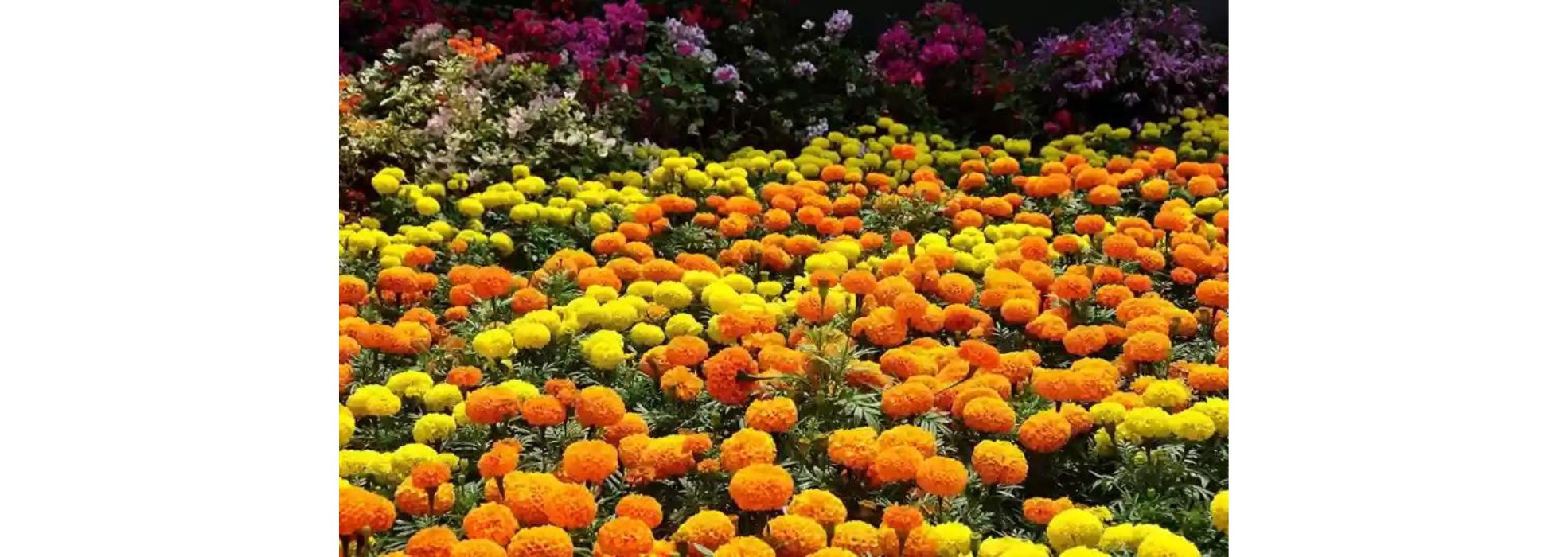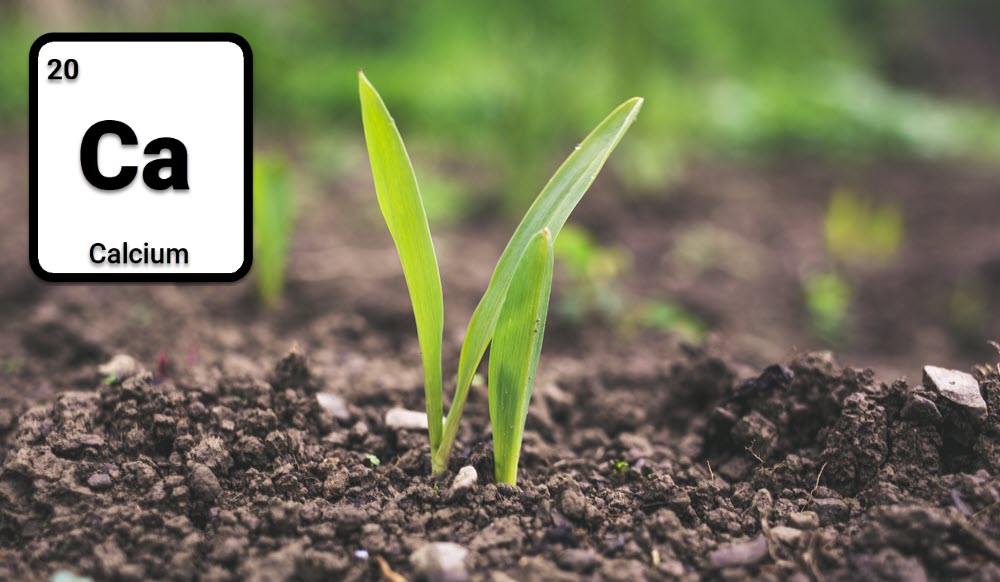Cultivating Marigold Flowers: A Complete Guide For A Successful Bloom
April 23, 2024Marigolds, with their vibrant
colors and delightful fragrance, are a favorite among gardeners for adding a
cheerful touch to any landscape. Easy to grow and versatile, marigolds thrive
in various conditions and require minimal maintenance. Whether you're a
seasoned gardener or a beginner, this complete guide will help you cultivate
stunning marigold blooms that will brighten up your garden all season long.
Choosing the Right Variety:
Before diving into the
cultivation process, it's essential to select the right variety of marigolds
for your garden. Marigolds come in various sizes, shapes, and colors, so
consider factors such as the available space, sunlight exposure, and desired
aesthetic when making your choice. Common varieties include French marigolds
(Tagetes patula), African marigolds (Tagetes erecta), and signet marigolds
(Tagetes tenuifolia).
Preparing the Soil:
Marigolds prefer well-drained
soil with a pH level between 6.0 and 7.0. Before planting, prepare the soil by
loosening it with a garden fork or tiller to a depth of at least 6 inches.
Incorporate organic matter such as compost or aged manure to improve soil
structure and fertility. Remove any weeds or debris from the planting area to
give your marigolds the best start.
Planting:
Marigolds can be started from
seeds indoors or directly sown into the garden. If starting indoors, sow seeds
in trays or pots filled with a well-draining potting mix about 6-8 weeks before
the last frost date in your area. Keep the soil moist and place the containers
in a warm, sunny location until seedlings emerge.
For direct sowing, wait until
after the last frost date and sow seeds directly into the prepared soil,
spacing them according to the recommendations on the seed packet. Cover the
seeds lightly with soil and water gently.
Caring for Marigolds:
Once your marigolds are planted,
proper care will ensure healthy growth and abundant blooms throughout the
season. Here are some essential care tips:
Watering: Marigolds prefer
moderate moisture, so water them deeply when the top inch of soil feels dry.
Avoid overhead watering, as this can lead to fungal diseases. Water at the base
of the plants early in the morning to allow foliage to dry before evening.
Fertilizing: Marigolds are not
heavy feeders, but a balanced fertilizer applied every 4-6 weeks can promote
vigorous growth and flowering. Choose a fertilizer with equal parts nitrogen,
phosphorus, and potassium.
Deadheading: Remove spent flowers
regularly to encourage continuous blooming and prevent the plant from going to
seed prematurely. Pinch off faded blooms at their base or snip them with clean
scissors.
Mulching: Apply a layer of
organic mulch such as straw or shredded bark around marigold plants to conserve
moisture, suppress weeds, and regulate soil temperature.
Pest and Disease Management:
Marigolds are relatively pest and
disease-resistant, but they may occasionally encounter problems such as aphids,
spider mites, or powdery mildew. Monitor plants regularly for signs of pests or
disease, and take appropriate action if necessary. Insecticidal soap or neem
oil can help control pests, while proper spacing and good air circulation can
prevent fungal diseases.
Conclusion:
With their vibrant colors, easy
care requirements, and pest-resistant nature, marigolds are a must-have
addition to any garden. By following the tips outlined in this guide, you can
cultivate healthy marigold plants that will reward you with continuous blooms
from spring until frost. Whether planted in flower beds, containers, or
vegetable gardens, marigolds are sure to bring joy and beauty to your outdoor
space. Happy gardening!
At krishibazaar.in, you can find and buy various agricultural
products. For agricultural guidance on selecting the most suitable products for
your crops, please contact or WhatsApp at +917887880887






Guest reviews
No reviews found for this Blog